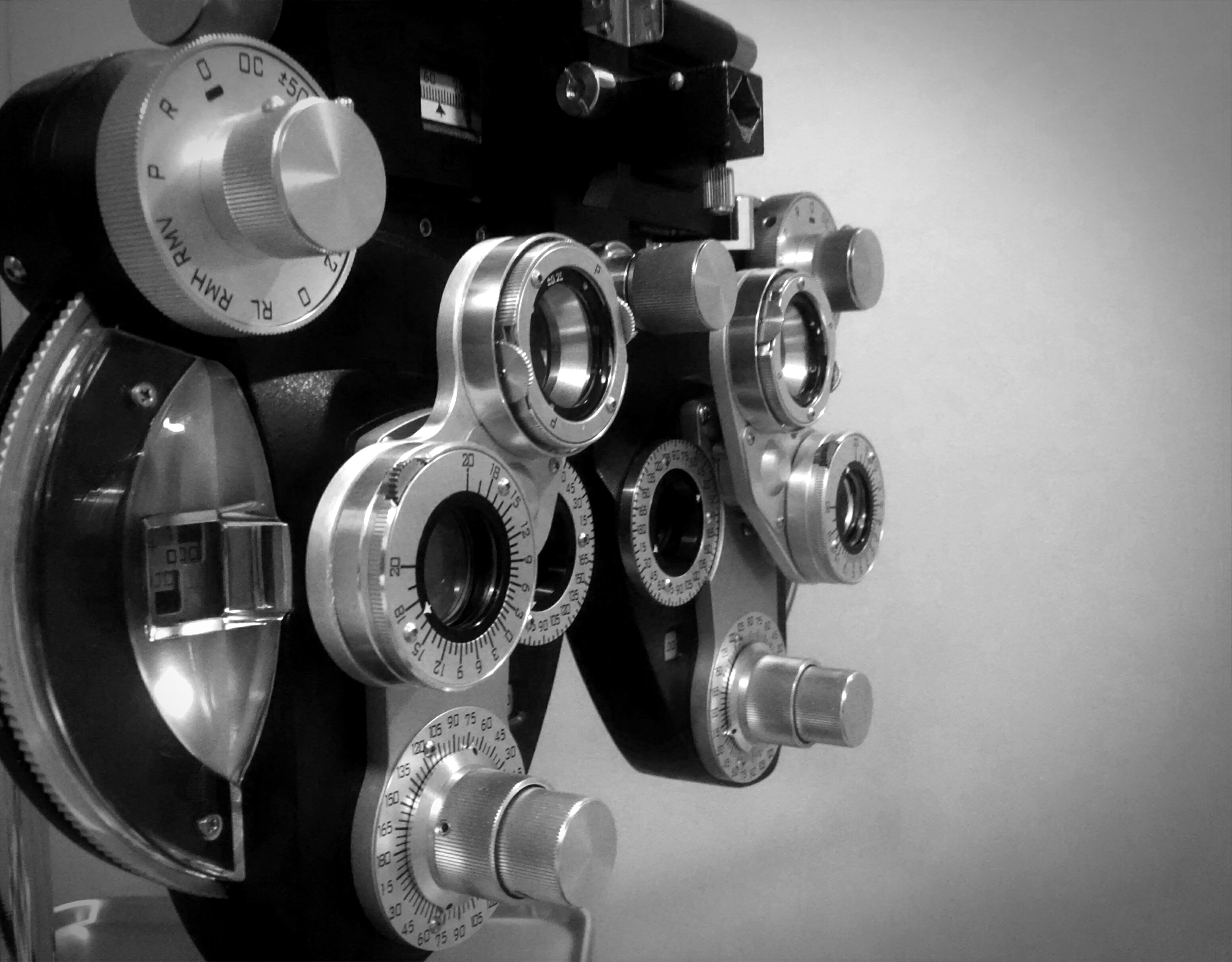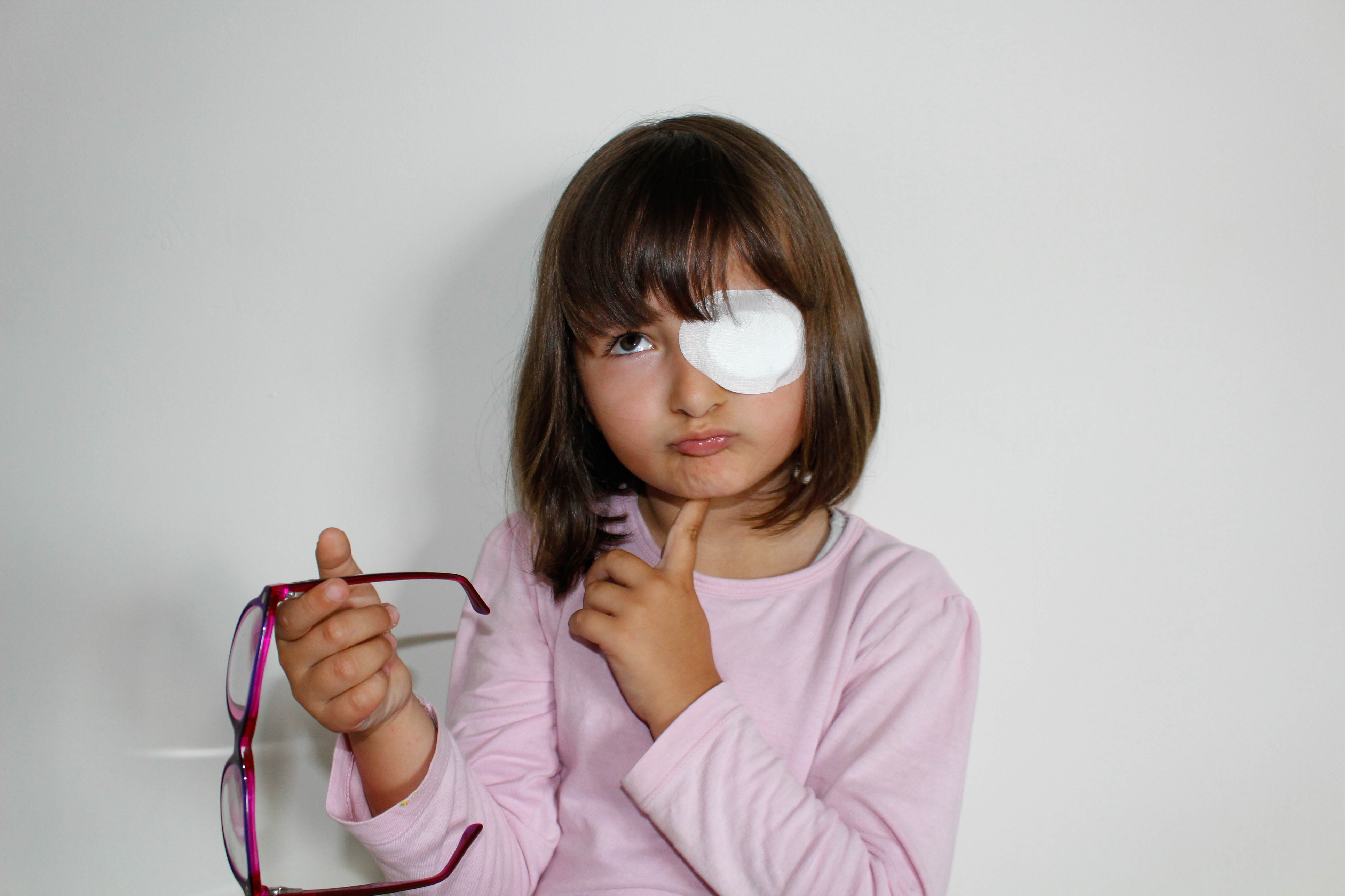
Reading time 3:34
WHAT IS A PATIENT?
“A patient is the most important person in the institution- in person or by mail.
A patient is not dependent on us- we are dependent on them.
A patient is not an interruption of our work- it is the purpose of it.
The patient is not an outsider to our business- they are our business.
The patient is not someone to argue or match wits with.
The patient is a person and not a statistic.
It is our job to satisfy them.”
William E. Lower, M.D.
The Cleveland Clinic Foundation
February 1921
WHY OUR PRACTICES EXIST
I first became aware of this quotation in 1975 when I began working at the Cleveland Clinic Department of Ophthalmology. Dr. Lower was one of the four founders of the Cleveland Clinic. This was part of his speech at the dedication of a new building in 1921.
In recent years, I realized the similarity to a quotation attributed to Mahatma Gandhi in 1890. I suspect that the Dr. Lower quote was a paraphrased version of the Gandhi quote. For your reference, I have also included the original quotation at the end of this blog. Both quotes eloquently express the reason for a patient or consumer based business to exist in the first place. To be successful, we must serve the public and satisfy their needs, for without them our practices would cease to exist.
Most importantly, what was true in 1890 and 1921, is still true today. It is something we should never forget.
AN AVERAGE DAY
It is so easy to get caught up, or bogged down, in the day to day running of our practices. We wish for those early days when all we had to do was see patients. For example, now we also hire, train and supervise our staff, handle insurance claims and endless paperwork, and negotiate with vendors. Meanwhile we also need to plan for the future and deal with anything else that might come up in the course of a normal day.
GETTING BACK TO THE BASICS
Sometimes, it’s just important to get back to the basics. Stop for a moment and remember why we chose optometry as a career and what we want to achieve.
Reflecting on our underlying goals doesn’t make all our problems and concerns go away. But, it does put them into perspective and gives us a chance to clear our minds. It’s an opportunity to just reboot ourselves. In other words, we can dedicate ourselves again to creating an office that truly serves the patients and answers their concerns. But, we can also create an office that is a source of pride and satisfaction for the doctor and the staff.
We need to recognize the importance of the doctor and staff in this equation. If there are ways to decrease stress and tension in the office, then that should become a priority as well. If we aren’t personally happy, we can’t serve others to the best of our abilities.
MAKE IT A TEAM EFFORT
Include your staff in identifying problem areas and trouble-shooting solutions. Their inclusion sends a message that everyone is a valuable member of the team. Each person is then invested in the success of the practice. Remember this is an on-going project. It does not happen overnight.
Meanwhile consider sharing this quote with your staff as a reminder of the reason we all come to work each day. It can also be a challenge for what you want to achieve. It could be displayed in a patient care area as well. It makes a clear statement to your patients. It shows your commitment to quality and personalized eye care. In other words, it stresses how important your patients are to you. Sometimes that message gets lost for the people who need to know it the most.
A FRESH START
Taking the time to find our original motivations can reinvigorate us. Certainly, it can also inspire us to reinvent ourselves and become even better at what we do. Taking care of our patients becomes the most important part of our day. To paraphrase- our patients are “…the purpose of our work.” When our patients know how much we value them, it helps to distinguish ourselves from other practices. By making sure patients know and feel how much we care, we can only hope that they will continue to give us “…the opportunity to do so.”
Everything becomes easier when we concentrate on the “why” we chose to practice optometry. It might even bring back some of that idealism and enthusiasm that seemed in endless supply when we graduated and started to practice.
For your reference, here is the original quote from Mahatma Gandhi.
“A customer is the most important visitor on our premises. He is not dependent on us. We are dependent on him. He is not an interruption of our work. He is the purpose of it. He is not an outsider in our business. He is part of it. We are not doing him a favor by serving him. He is doing us a favor by giving us the opportunity to do so.”
Have you ever surveyed your patients to see where your practice is succeeding and where they think you can improve? How do you keep yourself charged up and enthused about what you’re doing? Share your ideas with us. In the comments below, let us know what has worked for you in your office.








